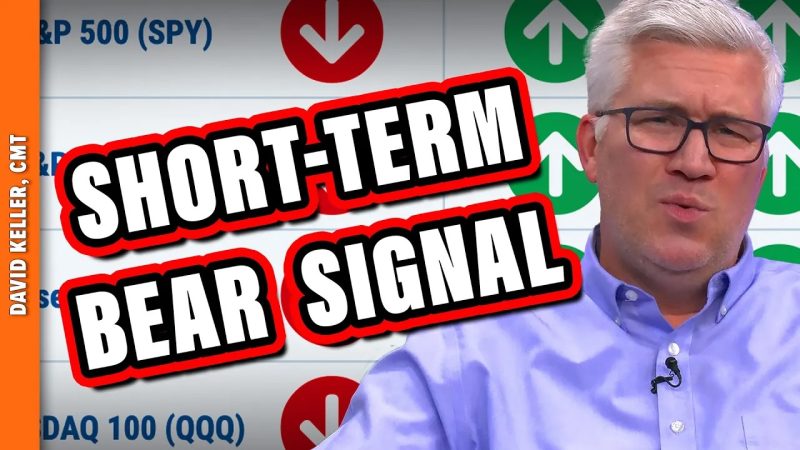
What’s Ahead for the Market? Short-Term Bearish Signals from Trend Model
In a recent study conducted by leading financial analysts, the market trend model has indicated a short-term bearish outlook, raising concerns among investors worldwide. The implications of this development could significantly impact various sectors and asset classes, leading to heightened volatility in the financial markets.
Historically, short-term bearish signals have been associated with periods of economic uncertainty and market correction. While these downturns are typically temporary, they can have cascading effects on investor sentiment and overall market stability. Understanding the factors driving this bearish trend can provide valuable insights for investors seeking to navigate the current market environment.
One of the key drivers behind the short-term bearish outlook is the growing concerns surrounding global trade tensions. Ongoing trade disputes between major economies, such as the US and China, have created widespread uncertainty and disrupted supply chains, leading to lower investor confidence and reduced economic growth projections. The recent escalation of trade tensions has added to the uncertainty, exacerbating fears of a broader economic slowdown.
Additionally, geopolitical risks, such as political instability in various regions and potential military conflicts, have further contributed to the bearish sentiment in the markets. These uncertainties have the potential to disrupt financial markets and lead to increased volatility as investors reassess their risk exposure and investment strategies.
Furthermore, central bank policies and interest rate decisions play a crucial role in shaping market trends. The recent shift towards a dovish stance by major central banks, including the Federal Reserve and the European Central Bank, has raised concerns about the sustainability of economic growth and the effectiveness of monetary stimulus measures. Investors are closely monitoring central bank communications and policy decisions for signals of potential changes in interest rates and monetary policies.
In response to the short-term bearish outlook, investors are advised to adopt a cautious approach and consider implementing risk management strategies to protect their portfolios. Diversification across asset classes and regions can help mitigate the impact of market fluctuations and provide a buffer against downside risks. Additionally, staying informed about global economic developments and market trends is essential for making informed investment decisions in a volatile market environment.
In conclusion, the market trend model’s short-term bearish signal highlights the challenges and uncertainties facing investors in the current market environment. By understanding the underlying drivers of this trend and adopting a proactive approach to risk management, investors can navigate the market volatility and position themselves for long-term success. Vigilance, adaptability, and a disciplined investment strategy are key to weathering the storm and achieving financial goals in the midst of market uncertainties.
